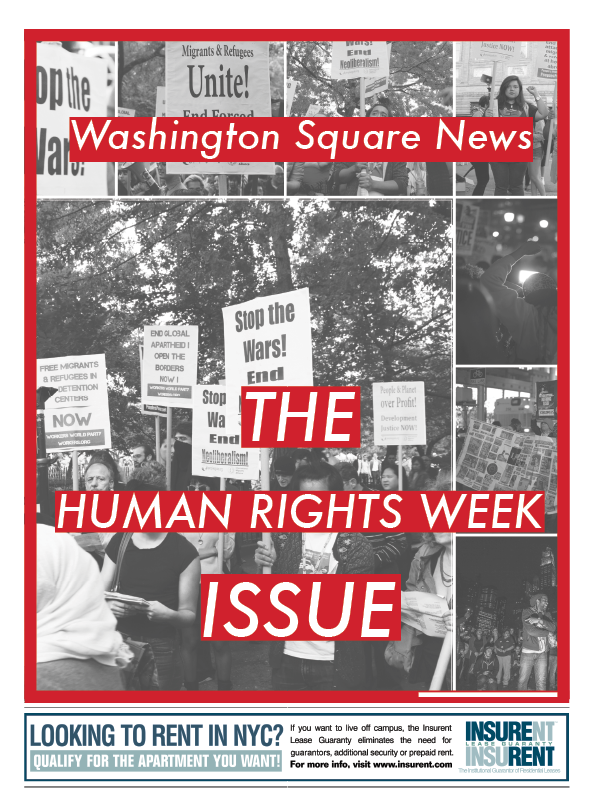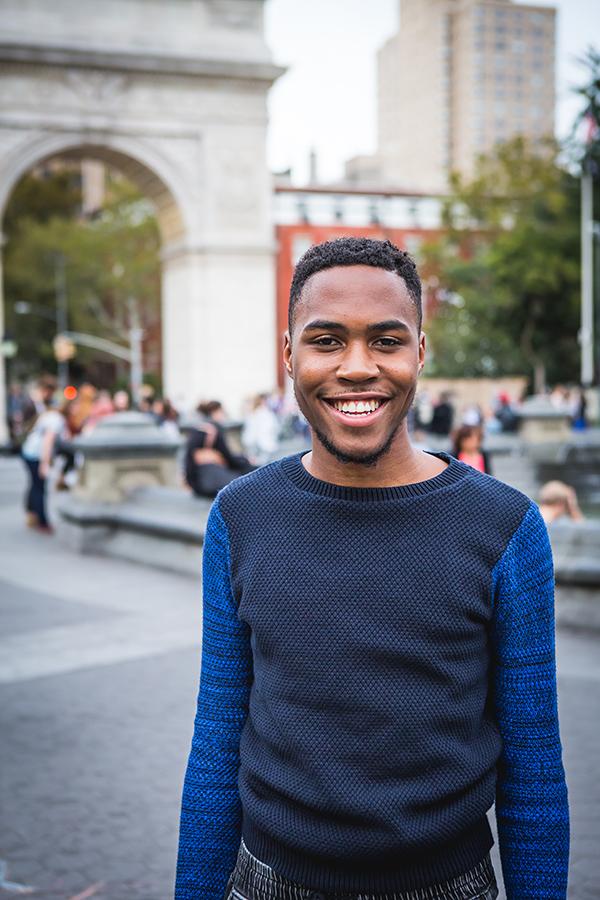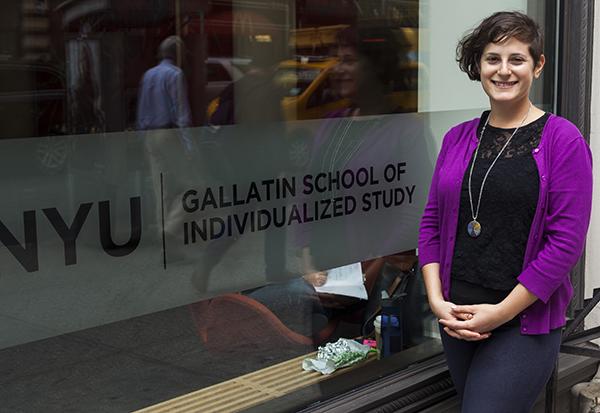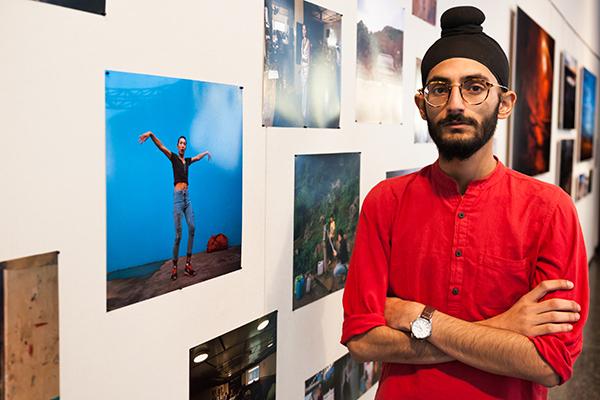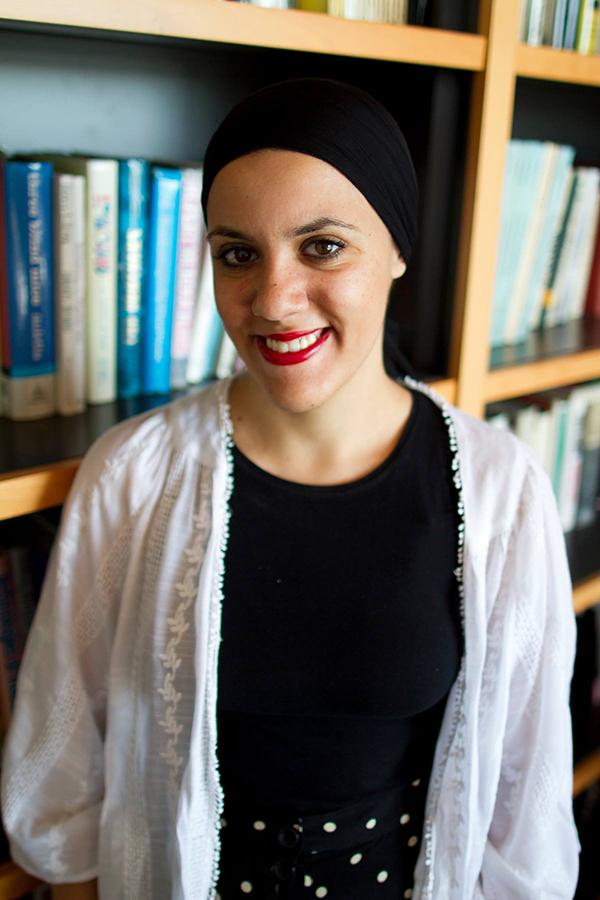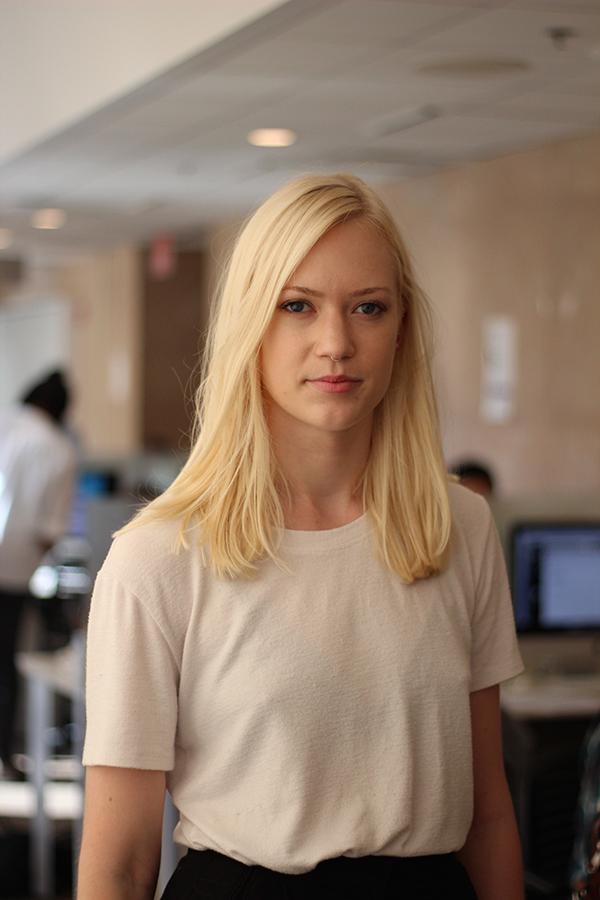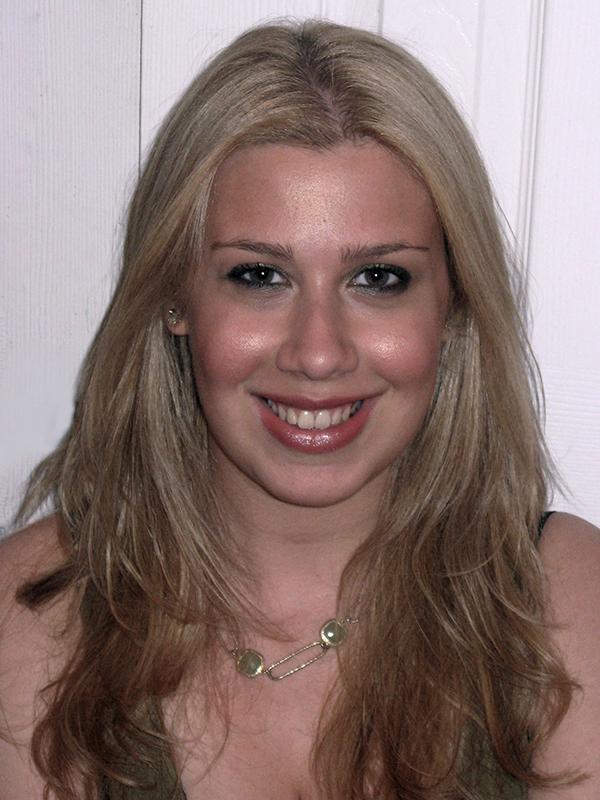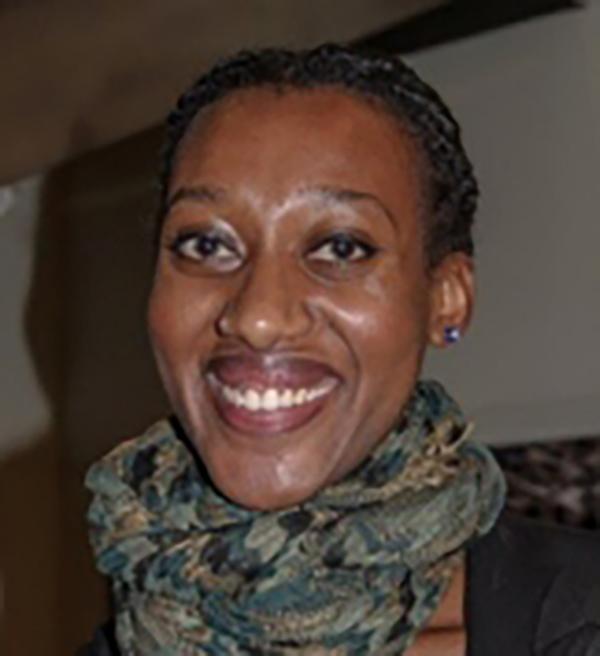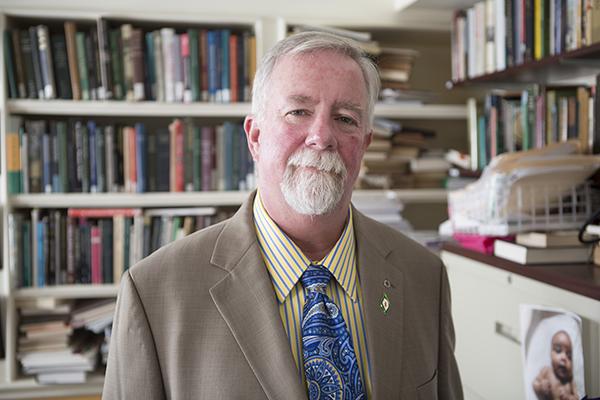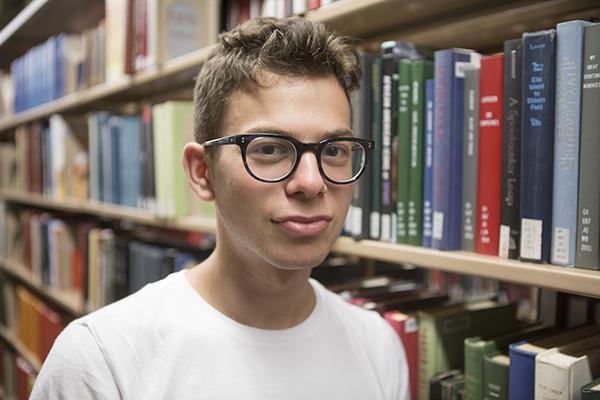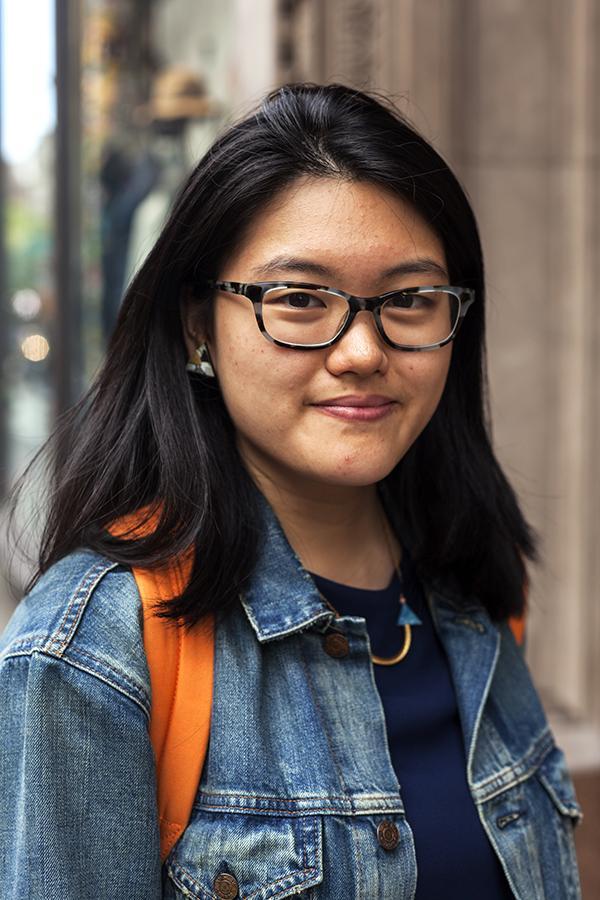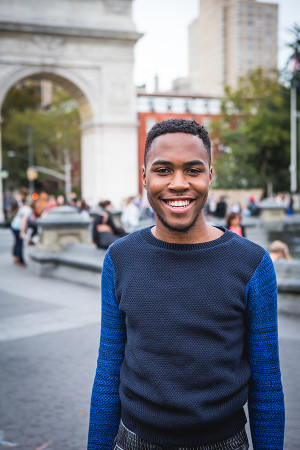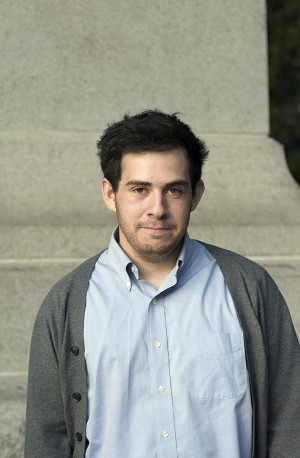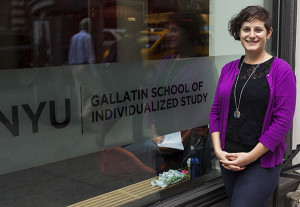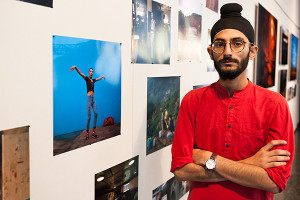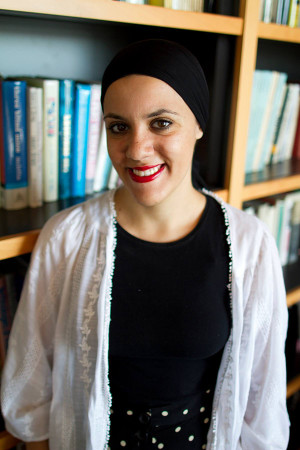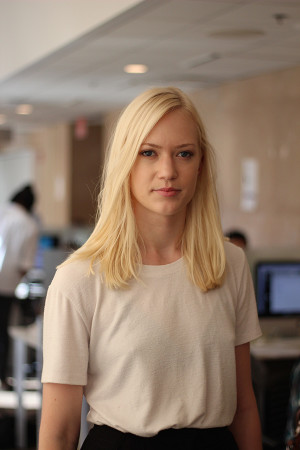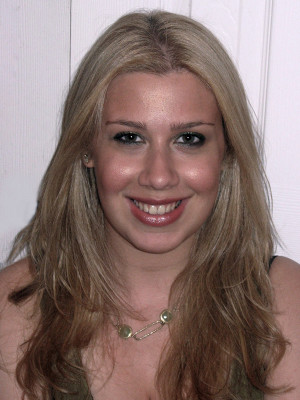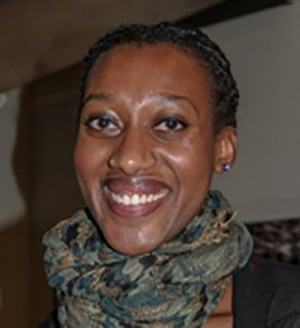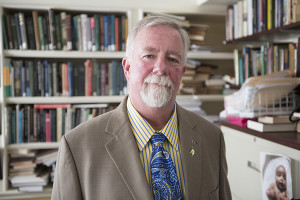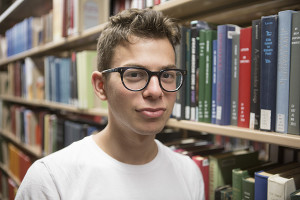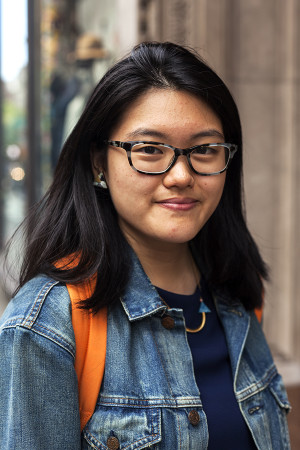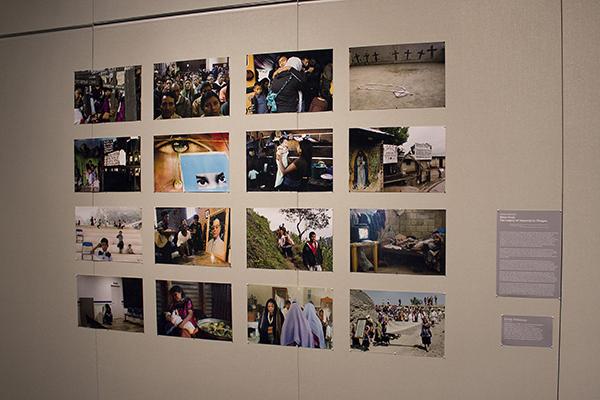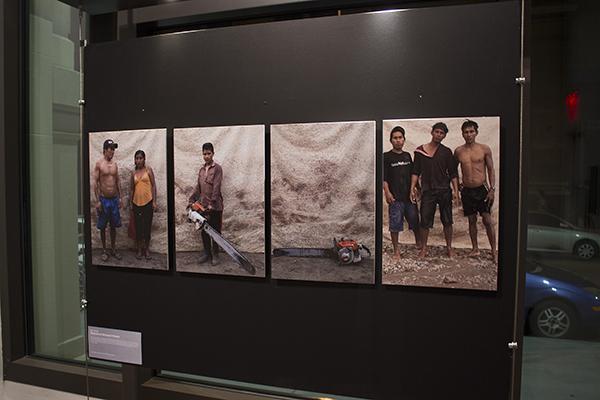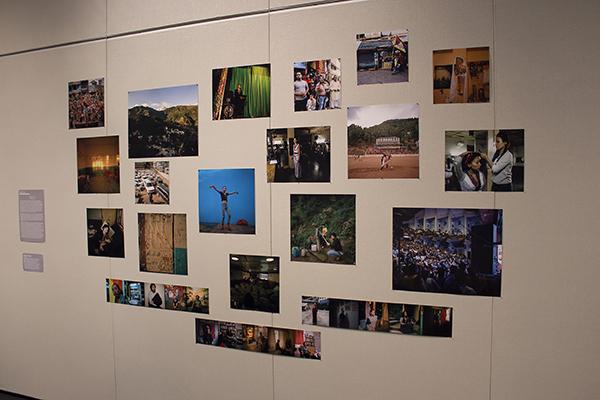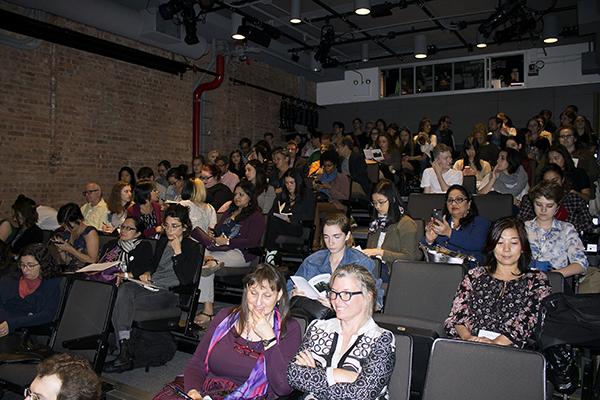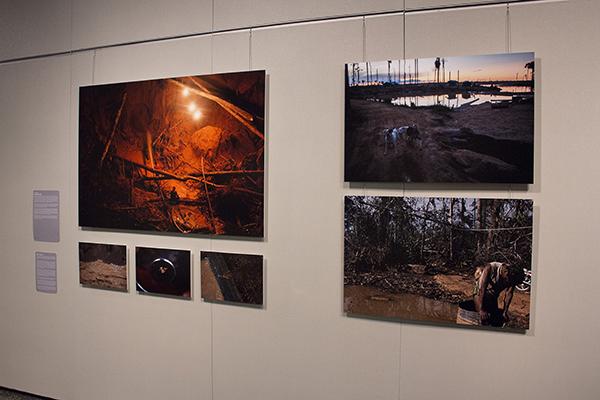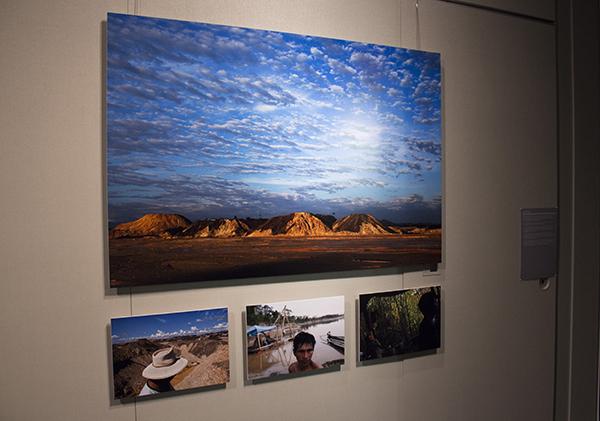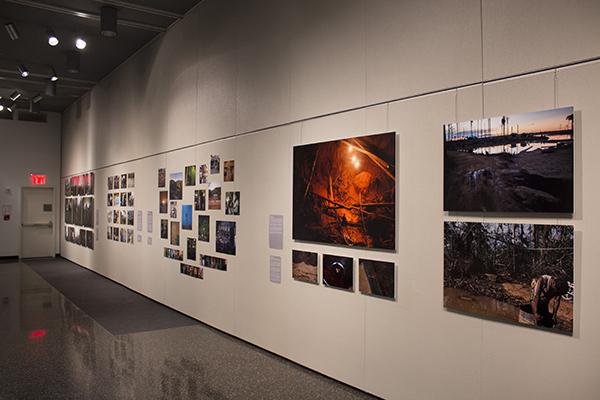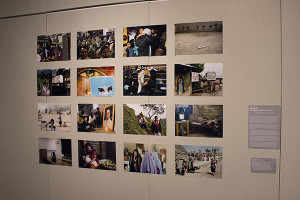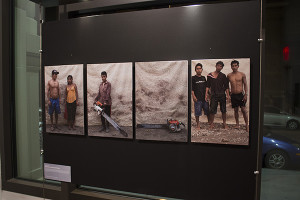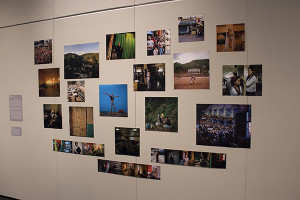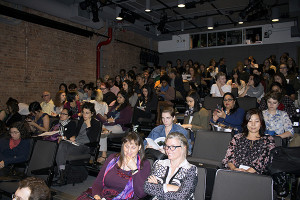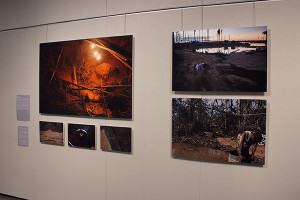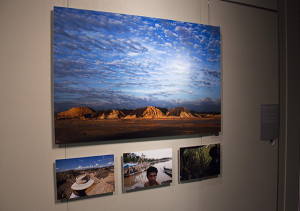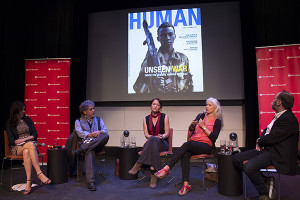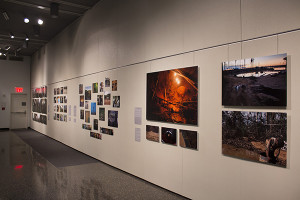The Human Rights Week Issue
September 28, 2015
Check out WSN’s coverage of Gallatin Human Rights Week below.
Gallatin Global Human Rights Fellows
The Human Rights Symposium
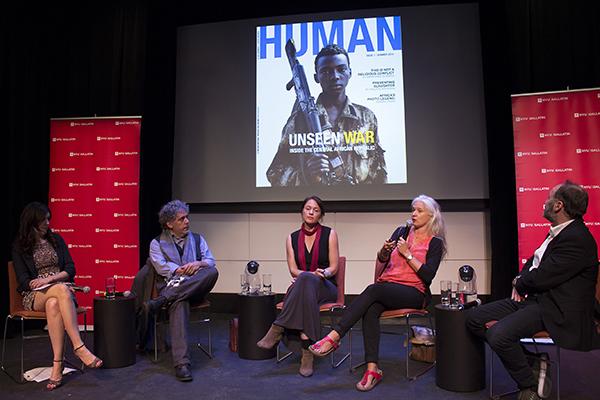
A group of 11 undergraduate and graduate students from various NYU schools spent the last summer interning across the globe to ad- dress human rights issues. These Gallatin Global Human Rights fellows were each given a grant to collaborate with organizations focused on matters such as LGBTQ rights and fair water access.
The Gallatin Global Fellowship in Human Rights gives students the opportunity to extensively research current global human rights climate and actively apply them at internships across the globe. The program is comprised of a summer internship and two semesters of planning and analyzing that culminate in a presentation where the fellows share their findings with the NYU Community.
This year’s fellows presented at a symposium Thursday, speaking for ten minutes each in two panels. One panel moderator was Patrick McCreery, Gallatin’s Assistant Dean for Global Programs, who has seen increased growth in the program.
“In the first year, 2011, it was only open to Galla- tin students, then we gradually opened it to all parts of NYU,” McCreery said. “We’ve had more and more applications — we’re seeing this really blossoming response.”
Vasuki Nesiah, Gallatin professor and Academic Director of the program, moderated the second panel. She was responsible for directing and guiding the fellows’ projects to completion.
“These students combine academic excellence with deep political commitments and brought a critically reflective sensibility to their work,” Nesiah said. “This year, I thought we had a particularly exciting range of civil and political rights and economic and social rights projects.”
Though the topics were as diverse as transient workers rights and digital privacy rights, the fellows all emphasized that connect- ing with and understanding each other is at the core of human rights advancements.
One panelist, Steinhardt junior Shaquille Romblay, worked with Jamaican organization known as the Jamaica Forum for Lesbians, All-Sexuals and Gays. Their objective is to promote tolerance and acceptance of all, regardless of sexual orientation and gender identity.
“Once you can find a way to connect with people, they kind of begin to understand,” Romblay said. “They think, ‘Oh, I don’t want to be the person who will be made fun of,’ so we found ways to connect with the people who didn’t like the idea of J-FLAG.”
An important facet of the fellowship is develop- ing an understanding of human rights on a global scale. Fellow and Gallatin junior Robert Ascherman, who interned in South Africa with the Abahlali baseMjondolo (Shack Dwellers) Movement, explained how language use dif- fers across the globe.
“They [shack dwellers] might not use the language ‘human rights’ — they laugh at me for using it — but they’ll say ‘I have a housing right,’” Ascherman said.
Regardless, the fact that populations everywhere are willing to speak out against injustice is what he found to be a major part of the movement.
“When I talk to a shack dweller in South Africa, they say ‘I’m born and I’m alive and I’m a human, so that means that I have a right to a home and I’m going to fight for it,’” Ascherman said. “That is human rights at its finest.”
Gallatin senior Jacqueline Hsia attended Gallatin’s Human Rights Week for the first time. She said the presentations helped contextualize some of her studies as well as piqued her interest.
“I realized that human rights is more about governmental, top-down things,” Hsia said. “It’s also so much about what we can do on a daily basis — being aware and kind of talking about it.”
Applications for the 2016 Gallatin Global Fellow- ship in Human Rights, which are due on Oct. 30, can be found online at: http://gallatin.nyu.edu/studentlife/scholarly/globalfellowship.html.
A version of this article appeared in the Sept. 28 print edition. Email Grace Halio and Diamond Naga Siu at [email protected].
Lost to History: Covering Conflict in the age of eternal protest
Photojournalism provides a visual history that both enriches and complicates our understanding of the world. In its wall-to- wall display of photos, the Gallatin School of Individualized Study launched Human Rights Week with “Lost to History: Covering Conflict in the Age of the Eternal Present” and aimed to illuminate stories that would otherwise go unseen or unheard. Paired with the gallery opening was a panel discussion with photojournalists Andrea Bruce and Ron Haviv, along with Communications Director of Human Rights Watch Emma Daly.
The gallery comprises works by Bruce and Haviv, as well as NYU undergrads Emily Pederson and Karanjit Singh. All of the works in “Lost to History” are photographs — we see gold miners toil in Lamal (“Amazon Gold” by Haviv), families grieving after a brutal massacre in Chiapas (“Bitter Fruit: The Legacy of Impunity in Chiapas” by Pederson) and Mariko, a Tibetan trans- gender woman who is preparing for the Miss Tibet Beauty Pageant.
Mariko’s story was captured by Singh, who was awarded the Gallatin Global Fellow- ship in Human Rights for this Tibet-based photo series, “Dreaming Rangzen,” on display as part of “Lost to History.” There, he created photo narratives of the growing political and social unrest in Tibet’s youth.
With his depiction of a shifting Tibet, Singh’s photo collection reflects this persistency to use photography as a driving force, not a processing system.
“Something we are trying to do, something photojournalists are trying to do, is get other aspiring photographers to become more curious and start asking more questions rather than have simple answers,” Singh said.
Bruce uses a similarly inquisitive nature towards her photography. She is best known for her photographic work in Iraq and Afghanistan, where she captured the conflict between U.S. military and civilians. Bruce’s contribution to “Lost in History” is a collection of photos titled “Living Under the Regime,” which focuses on the havoc civilians must endure in the aftermath of war.
In one particularly harrowing image, a man leans over his brother’s casket, shouting in rage — the deceased had died in battle while fighting in the Syrian Army.
Raising a camera at a funeral is highly intrusive, but for photojournalists like Bruce and Haviv, these tragic moments are critical to creating global impact.
“I went to one of my first funerals, and the family was inside with the person being prepared to be buried, and it was very emotional, people were crying, and I thought it would be respectful if I waited outside,” Haviv said. “After standing there for about ten minutes, a family member came out of the house, physically grabbed me, dragged me into the house, and said, ‘Photograph my child and tell the world what happened.”
Bruce elaborated on the intimate relation- ship between the photographer and the photographed. “We are allowed and we are accepted by the people who we take photos of,” Bruce said. “I think people understand. I think they want to tell their story. This world is full of so many people that it’s nice to not be invisible, especially when you’re going through so much. I think people understand what we’re there for.”
“Lost to History” makes no excuse for the utter disregard Westerners have for people they cannot see. The gallery presents photojournalism as the crossroads of reporting and human interest. The strong ties between photojournalism and human rights make “Lost to History” a successful addition to Gallatin’s Human Right Week and to human rights in general.
“Lost to History” will remain at the Gallatin Galleries until Oct. 14th.
A version of this article appeared in the Sept. 28 print edition. Email Audrey Deng at [email protected].

